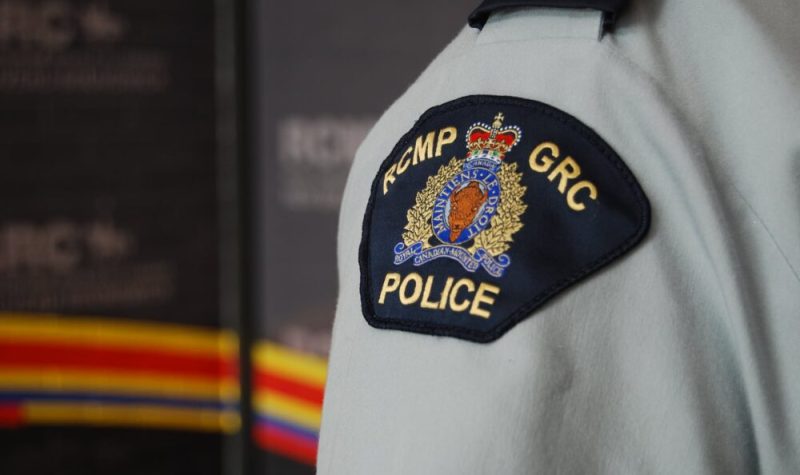No criminal charges will be pressed against any officers involved in the fatal shooting of Rodney Levi.
Bureau des Enquêtes indépendantes du Québec (BEI) completed its investigation of Levi’s death, and the results of that investigation were released yesterday.
Public Prosecutions Services, Office of the Attorney General issued a statement that says the police officers who shot Levi were acting lawfully to protect the residents of the home on that fateful evening.
Rodney Levi, a member of Metepenagiag First Nation, was killed on June 12, 2020.
He was 48-years-old, a father of three children, and struggled with mental illness.
His death gained national attention as he was the second Indigenous person to be shot and killed by police in New Brunswick within the same month.
26-year-old Chantal Moore was killed by Edmundston police just over a week before during a “wellness check.”
Evidence reviewed by BEI includes statements from witnesses, a video taken by a witness, statements from other material witnesses, and expert reports.
The report describes the shooting of Levi as “tragic” and a “shared pain” to affected communities and loved ones, but deems the police officers’ actions to be based on “reasonable grounds.”
According to the report, Levi was fatally shot after attempts to engage with him peacefully and multiple uses of a taser.
Levi was tasered and shot after refusing to yield knives in his possession, which the report describes as “dangerous weapons.”
Though the statement finds no officers criminally responsible, Public Prosecutions Services offers condolences to those grieving Levi’s loss.
New Brunswick’s Office of the Chief Coroner will examine the fatal shooting of Levi, and says they will “make recommendations aimed at preventing deaths under similar circumstances in the future.”
New Brunswick RCMP Commanding Officer Larry Tremblay released a public statement, which included a refusal for any further comment on the investigation.
Tremblay acknowledges the increase in public awareness about police interactions with marginalized groups.
Indigenous people are 10 times more likely to be fatally shot by an officer during police interactions, according to a CTV News analysis published just a week after Levi’s death.
And a 2019 report from the Council of Canadian Academies found that in 2016, Indigenous people represented 25 per cent of the national male prison population and 35 per cent of the national female prison population in Canada.
Tremblay says the global attention provides the RCMP with “important opportunities to be introspective about [their] own origins, culture and current operations, as well as to be part of a greater shift towards a more inclusive and compassionate society for all.”
He also says that all officers have to go through training to respond appropriately to difficult circumstances.
Public conjecture and speculation, he says, impacts people’s trust in law enforcement.


